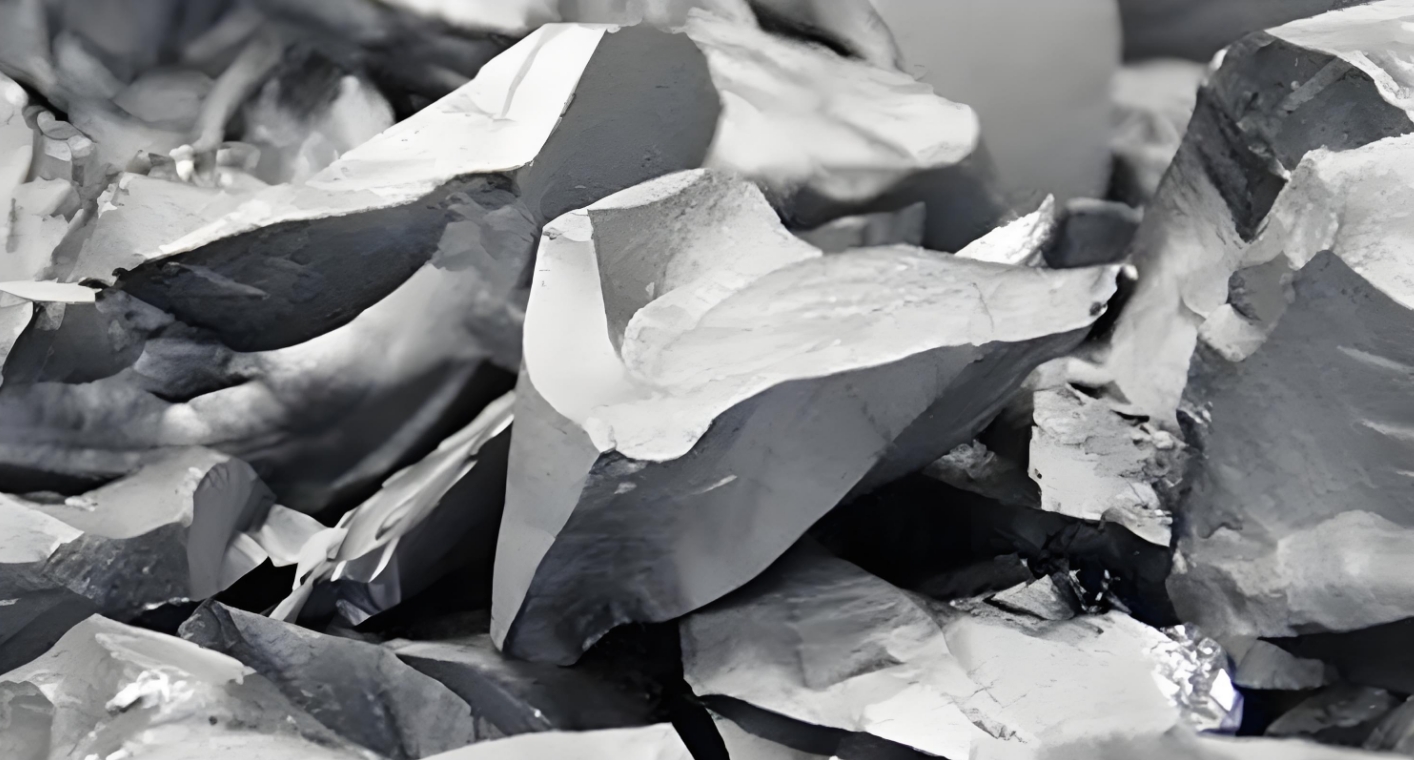
- English
- Español
- Português
- русский
- Français
- 日本語
- Deutsch
- tiếng Việt
- Italiano
- Nederlands
- ภาษาไทย
- Polski
- 한국어
- Svenska
- magyar
- Malay
- বাংলা ভাষার
- Dansk
- Suomi
- हिन्दी
- Pilipino
- Türkçe
- Gaeilge
- العربية
- Indonesia
- Norsk
- تمل
- český
- ελληνικά
- український
- Javanese
- فارسی
- தமிழ்
- తెలుగు
- नेपाली
- Burmese
- български
- ລາວ
- Latine
- Қазақша
- Euskal
- Azərbaycan
- Slovenský jazyk
- Македонски
- Lietuvos
- Eesti Keel
- Română
- Slovenski
- मराठी
- Srpski језик
Monocrystalline silicon vs. polycrystalline silicon
2024-07-26
Single crystal silicon and polycrystalline silicon each have their own unique advantages and applicable scenarios. Single crystal silicon is suitable for high-performance electronic products and microelectronics due to its excellent electrical and mechanical properties. Polycrystalline silicon, on the other hand, dominates the field of solar cells due to its low cost and good photoelectric conversion efficiency.
Structural characteristics of single crystal silicon: Single crystal silicon has a highly ordered crystal structure, and silicon atoms are arranged in a continuous lattice according to the diamond lattice. This structure gives single crystal silicon excellent electron transmission performance and photoelectric conversion efficiency. In single crystal silicon, the consistency of atomic arrangement leads to the absence of grain boundaries on a macroscopic scale, which is crucial to the performance of semiconductor devices.
Production process of single crystal silicon: The production of single crystal silicon is usually carried out by the Czochralski process or the Float Zone process. The Czochralski process involves slowly pulling molten silicon through a seed crystal to form a single crystal. The Float Zone process is to prepare single crystal silicon by local melting and recrystallization. These methods require high-precision equipment and process control to ensure the quality and performance of single crystal silicon.
Monocrystalline silicon has high electron mobility and conductivity, so it is widely used in electronic devices and integrated circuits. The photoelectric conversion efficiency of monocrystalline silicon is also high, making it an important material for solar cells.
Monocrystalline silicon is mainly used in high-end semiconductor devices, integrated circuits, lasers and other fields with high performance requirements. Its excellent electronic properties enable it to meet the needs of high-speed and high-precision electronic equipment.
Polycrystalline silicon
Structural characteristics of polycrystalline silicon: Polycrystalline silicon is composed of many small crystals (grains), and there are certain differences in the crystal orientation and size of these grains. The lattice structure of polycrystalline silicon is relatively messy and not as orderly as single-crystalline silicon. Despite this, polycrystalline silicon still plays an important role in some applications.
Production process of polycrystalline silicon: The preparation of polycrystalline silicon is relatively simple. Silicon raw materials are usually deposited on a substrate by chemical vapor deposition (CVD) or Siemens method to form polycrystalline silicon thin film or bulk material. These methods have lower production costs and faster production processes than single-crystalline silicon.
Due to its polycrystalline structure, the electrical properties of polycrystalline silicon are slightly lower than those of single-crystalline silicon, mainly because scattering centers of carriers are formed at the grain boundaries. The photoelectric conversion efficiency of polycrystalline silicon is usually lower than that of single-crystalline silicon, but due to its cost advantage, it has been widely used in the field of solar cells.
Polycrystalline silicon is mainly used in solar panels, photovoltaic power generation and other fields. Although its efficiency is relatively low, its cost advantage makes polysilicon an important part of large-scale solar power generation.





